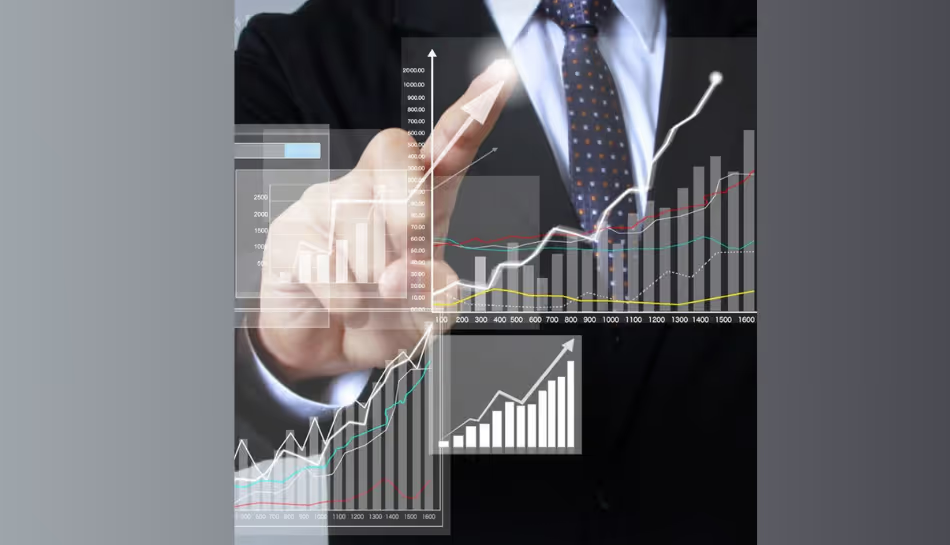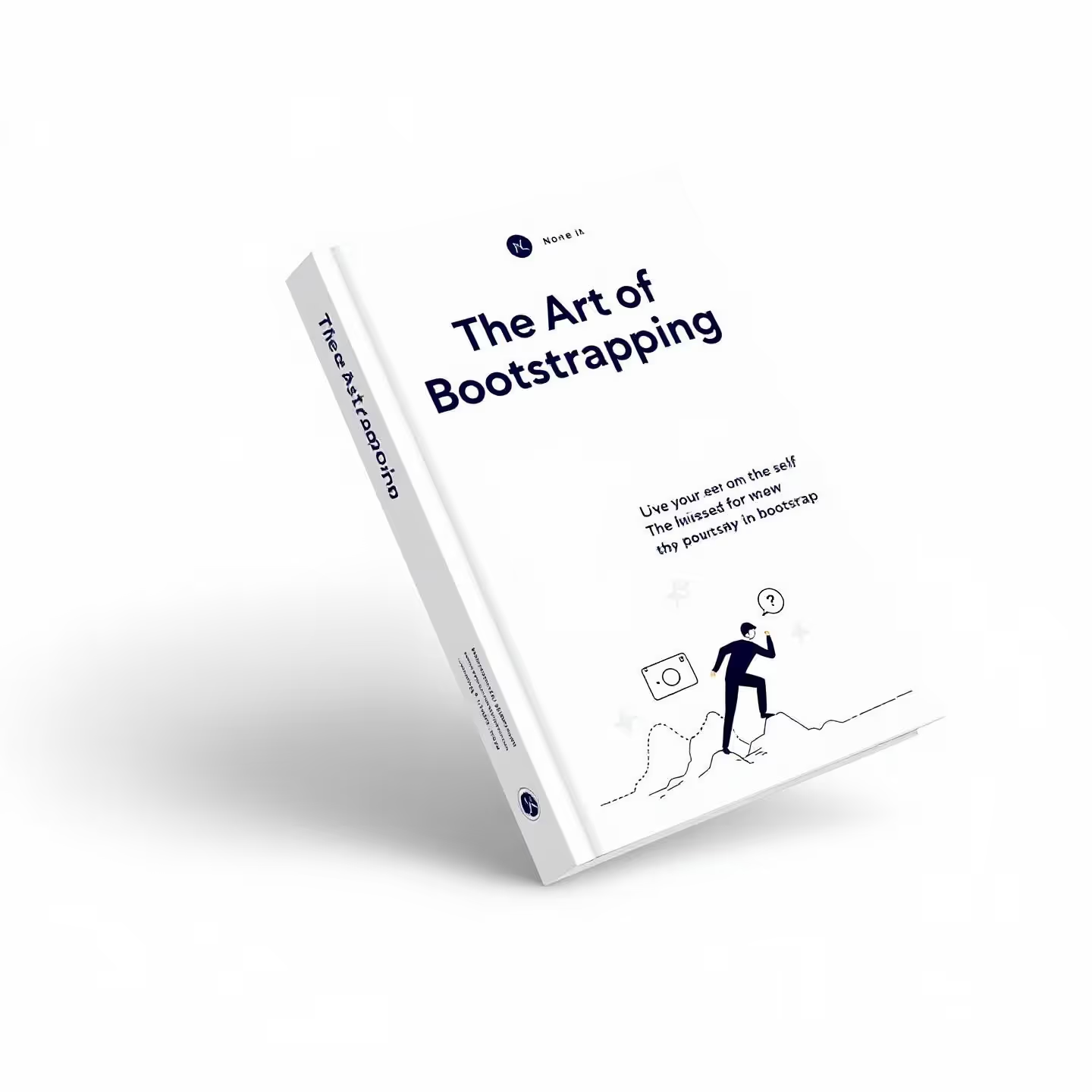How Software Transforms Purchasing Processes
In the dynamic world of sales, efficiency is crucial. Enter software solutions, the unsung heroes revolutionizing how businesses handle purchasing. Here's how software can enhance procurement transformation.
1. Streamlined Order Management: Software automates the order management process, from order placement to delivery. This reduces manual errors, ensures orders are processed promptly, and keeps customers happy with timely deliveries.
2. Real-time Inventory Tracking: Advanced software provides real-time updates on inventory levels. Sales teams can see exactly what’s in stock, avoiding overpromising or underdelivering. This transparency ensures better planning and customer satisfaction.
3. Supplier Relationship Management: Software tools help maintain and manage supplier information, including contracts, performance metrics, and communication history. This ensures better negotiation and stronger supplier relationships.
4. Automated Purchase Approvals: Implementing automated approval workflows speeds up the purchasing process. It ensures compliance with company policies, reduces bottlenecks, and frees up managers to focus on strategic decisions.
5. Data-driven Insights: Modern purchasing software provides analytics and reporting features. Sales teams can analyze purchasing patterns, identify trends, and make data-driven decisions to optimize the procurement transformation process.
By leveraging these software solutions, businesses can enhance their purchasing processes, leading to quicker, smarter sales. The result? Happier customers, better supplier relationships, and a significant boost to the bottom line. Software isn’t just a tool; it’s a game-changer in the world of sales.
Frequently Asked Questions:
How does software simplify the purchasing process?
It automates manual tasks like purchase order creation, vendor comparisons, and invoice matching, saving time and reducing errors.
Can software help control procurement costs?
Yes, by tracking spending, enforcing budgets, and enabling smarter supplier selection based on pricing and performance data.
What are the main features of purchasing software?
Key features include supplier management, purchase requisition workflows, real-time tracking, analytics, and integration with accounting systems.
Does purchasing software support better vendor relationships?
Absolutely. It streamlines communication, ensures timely payments, and helps evaluate supplier performance with data-driven insights.
How does it improve approval workflows?
It standardizes and automates multi-level approval processes, ensuring compliance and reducing delays in procurement decisions.
Is it suitable for small businesses?
Yes, even small businesses benefit from increased efficiency, reduced paperwork, and better control over purchasing activities.
Can software reduce procurement fraud?
Yes, with role-based access, audit trails, and automated checks, it strengthens internal controls and reduces the risk of fraud.
How does integration with ERP or accounting systems help?
It ensures seamless data flow between purchasing, inventory, and finance, improving accuracy and end-to-end visibility.
Does it offer real-time tracking of orders?
Yes, most solutions allow businesses to monitor order status, delivery timelines, and inventory levels in real time.
What’s the long-term benefit of using purchasing software?
It boosts operational efficiency, improves compliance, enhances spend visibility, and ultimately supports better strategic decision-making.


